When it comes to the Russian flag, this country has seen a lot of changes. From the majestic flag of Russian Tsardom to the striking, gold, and blood-red banner flag of the Soviet Union, it’s safe to say that Russians know how to make a flag!
Through collaboration with our Soviet Europe team, we decided to give you an insight into the two flags that have defined modern Russia, their symbolism, and what they all mean. So get ready for the story of the Russian flag.
Table of Contents
- Russian Flag – The Flag of the Russian Federation
- The Russian Military Flag
- The Old Russian Flag in WW1
- The Old Russian Flag of the Soviet Union
- The Soviet Russian Flag After WW2
- One Flag to Rule Them All – The Soviet Flag
Russian Flag – The Flag of the Russian Federation
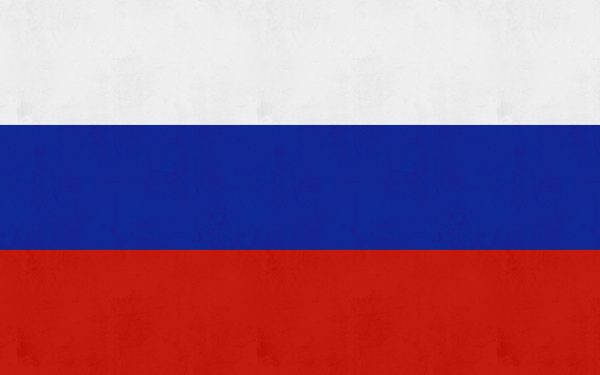
The modern flag of Russia is a tricolor flag consisting of three horizontal fields: the top is white, the middle is blue, and the bottom is red. Initially, the flag was used only for Russian merchant ships but in 1696 it became the official flag of the Tsardom of Russia until the year 1922.
1922 was the year when all Russian territory was successfully captured by the Bolsheviks during the Russian civil war. The flag was used by the arch-nemesis of the Bolsheviks, the White Guard, during the civil war. After their victory, the Bolsheviks replaced the flag with that of the Soviet Union which flew for 63 years, which we’ll cover shortly.
In the darkest days of modern Russia during the Second World War, the tricolor rose again for a brief period as it was used by the collaborationist anti-Stalinist troops of Andrey Vlasov, who was allied with Nazi Germany against the Soviet Union after being captured and defecting to the Nazi cause.
Vlasov chose the wrong side of history and after trying to switch sides again when he was captured during the apocalyptic Nazi retreat to Berlin, Vlasov was instead sent to Moscow and interrogated before being one of the last people to be hanged in the Soviet Union, after which the Soviet death penalty was conducted only by shooting.
In 1991, as the Soviet empire descended into anarchy and a coup was attempted in Moscow, the supreme soviet of Russia ordered that the old imperial tricolor be reinstated as the national flag of the state. On Christmas day 1991, the iconic Soviet flag was lowered for the final time over the Kremlin in Moscow and so began the dissolution of the USSR.
When it comes to the Russian flag colors, they all have a specific and poignant meaning. The white color symbolizes nobility and frankness, the blue for faithfulness, honesty, impeccability, and chastity, and red for courage, generosity, and love. And that is the Russian flag colors meaning!
Every year on 22nd August in Russia there is a national holiday called National Flag Day, nicknamed the day of the victory over putschists of 1991, but employees remain at work.
Formerly many people might not have recognized this “new” flag of Russia, but of course that has since changed due to the invasion of Ukraine as part of the “Special Military Operation”. In this context the current Russian flag is often associated with Russian Nationalists, while the Hammer and Sickle is more associated with the left within the country.
The Russian Military Flag
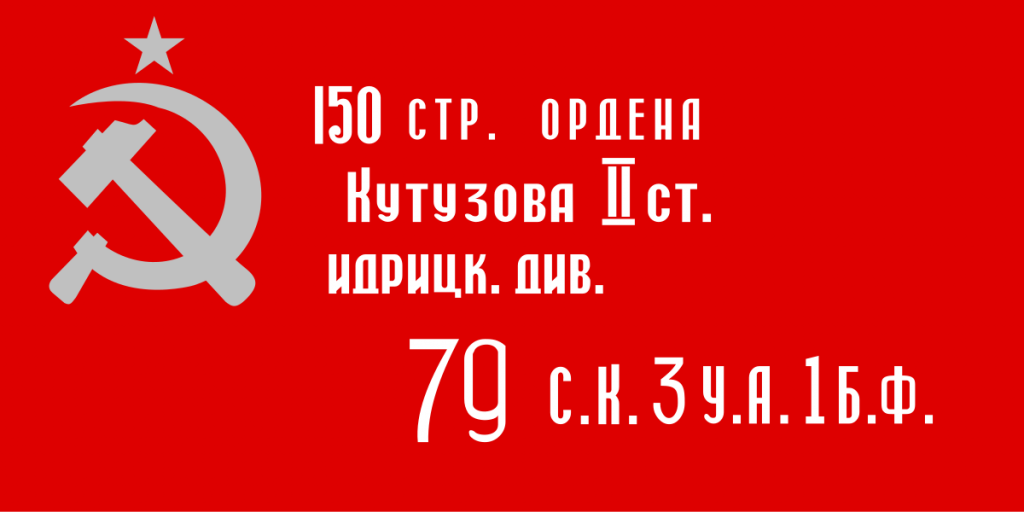
When it comes to the Russian military flag, there are actually many variants dedicated to different branches of the Russian armed forces. However, there is one Russian military flag that is common at events such as Victory Day, patriotic days, and military parades: The Victory Banner.
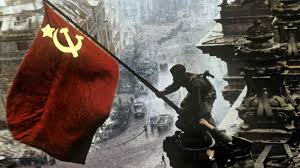
Arguably one of the coolest sounding flags in this article, the Victory Banner can trace its roots back to the carnage of the final days of WW2. Originally made on the battlefield, this flag is the official symbol of the Victory of the Soviet people against Nazi Germany during WW2. But why?
Well, this was the banner that was taken to the top of the Berlin Reichstag on the first of May, 1945. As Soviet troops were still battling die-hard SS fighters in the cellars of the building, the flag was raised by three Soviet soldiers to symbolize the Soviet capture of the city.
The red and white flag was raised below a statue on the building and reads:
“150th Rifle, Order of Kutuzov 2nd class, Idritsa Division, 79th Rifle Corps, 3rd Shock Army, 1st Belorussian Front.”
After WW2, the flag survived and was taken back to Russia as a sacred banner of victory. Whilst countless replicas have been made since to celebrate the Russian military, the original is on display in a Moscow museum.
Interestingly, Russian law decrees that this Russian military flag is to be permanently held in a location that ensures it is kept safe, intact, and available for all of the public to view.
The Old Russian Flag in WW1
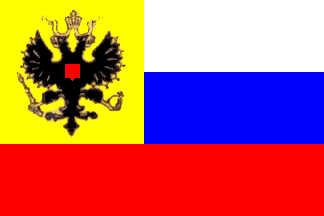
When it comes to Russian flag facts, many are curious about the flag waved by the country’s troops during two of the most iconic conflicts in human history: WW2 and WW1. When it comes to the latter, Russia implemented a new flag just after the outbreak of the conflict on the 19th of November 1914.
Prior to WW1, the Russian flag had been a black, orange, and white tricolor since 1858. The Imperial decree of the 19th November introduced a white, blue, and red tricolor with a canton of the imperial arms in the left-hand corner.
Following the murder of the Tsar and his family and the abolishment of the Russian monarchy, the canton of the imperial arms was removed and for a short period, the white, blue, and red tricolor became the de facto Russian flag.
The modern Russian flag is therefore the “old” flag, but with the imperial regalia removed. While the house of Romanov does still exist, there is little support for a restoration of the monarchy, even in these troubled times.
The Old Russian Flag of the Soviet Union
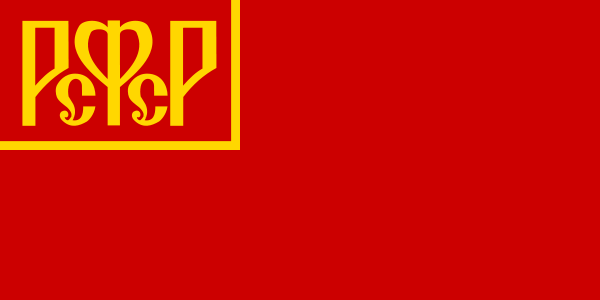
Despite “Russia” morphing into the USSR, there remained a dedicated Russian flag. Between 1922 and 1991, Russia operated under the flag of the Russian SFSR (Socialist Federated Soviet Republic). But their diplomatic flag was that of the Soviet Union.
This flag was established in 1924 and was carried by all ships of the USSR and diplomatic representations of the USSR. This was a flag that symbolized the East during the Cold War and is instantly recognizable by the majority of the world. The Soviet flag consisted of a blood-red field, a golden hammer, and a sickle and topped off with a golden star.
In April 1918, the Council of People’s Commissars of the Russian SFSR gathered together to discuss the new flag. There were a few proposals that were never adopted such as a red flag with the abbreviation for the Communist slogan of “Workers of the world, unite!”
However, the final design was perfected two months later by the artist Sergey Chekhonin and consisted of a red rectangular panel with the golden, Slavic letters of RSFSR inscribed in a gold box in the corner of the flag.
There is a commonly held belief that the flag of the Soviet Union outranked the flag of the RSFSR. However, this is not true. The actual use of the USSR flag was limited in Russia and flew over only two buildings, which were the Central Executive Committee of the Soviet Union and the Council of People’s Commissars.
For a history of Socialist countries click here to read our dedicated article.
The Soviet Russian Flag After WW2
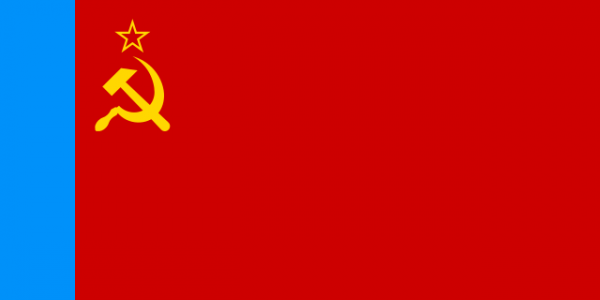
In January 1947, the Soviets began to change the national flags of their satellite states with the aim of reflecting the idea of a Soviet Union state as well as the unique national identities of the republics.
Each flag then featured the emblem of the USSR, a hammer and sickle with a red five-pointed star, with the inclusion of national ornaments and new colors. Thus, in the years after WW2, the new RSFSR flag/Russian flag was established in January 1954 which featured a light blue strip near the pole running the full width of the flag.
So, there you have it! Whether it’s the flag of Russia of 1900, the Russian flag of WW2, or the Soviet Russian flag, this article has covered everything you need to know from the history and meaning to the colors of the Russian flag. We’ve also included a healthy dose of Russian flag images for reference.
One Flag to Rule Them All – The Soviet Flag
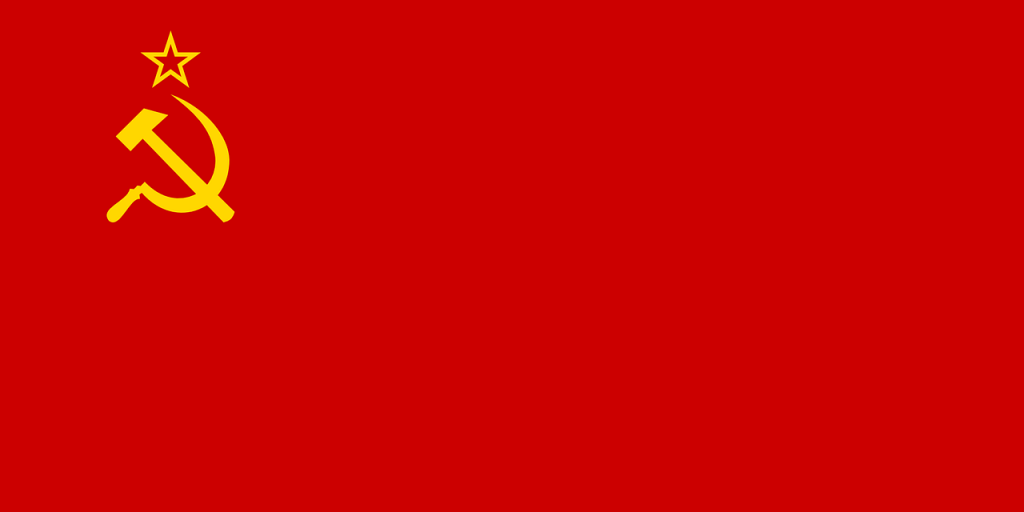
You might have gotten this far into our article on the Russian flag and are wondering why you haven’t seen the most iconic flag associated with Russia: The Soviet flag! Well, an article on Russian flags wouldn’t be complete without including it. So we’ll cover this flag of Russia as a bonus.
Between 1922 and 1991, the Soviet flag flew over a territory 8.65 million mi² at the height of its power. For those who lived through the Cold War and those both after it alike, the flag of the Soviet Union is instantly recognizable due to its striking design.
Although the design and symbolism of the Soviet flag come from various origins, the central origins of the flag of the Soviet Union emerged during the Russian Revolution. During that era and in the years to come, the Soviet flag would earn various nicknames from the Hammer and Sickle to the Red Banner. In fact the Soviet flag was the inspiration for many hammer and sickle communist flags throughout the red planet.
The design of the flag of the Soviet Union is simple but extremely effective. It features a solid red field topped off with a unique emblem of a hammer and sickle in gold in the left-hand corner. Let’s look a little bit more in-depth at these two main components of the Soviet flag.
Prior to the Russian Revolution of 1917, the plain red flag was an old-school revolutionary symbol. By incorporating it into the Soviet flag, the men and women of the Russian revolution intended to pay tribute to the international aspect of the workers’ revolution.
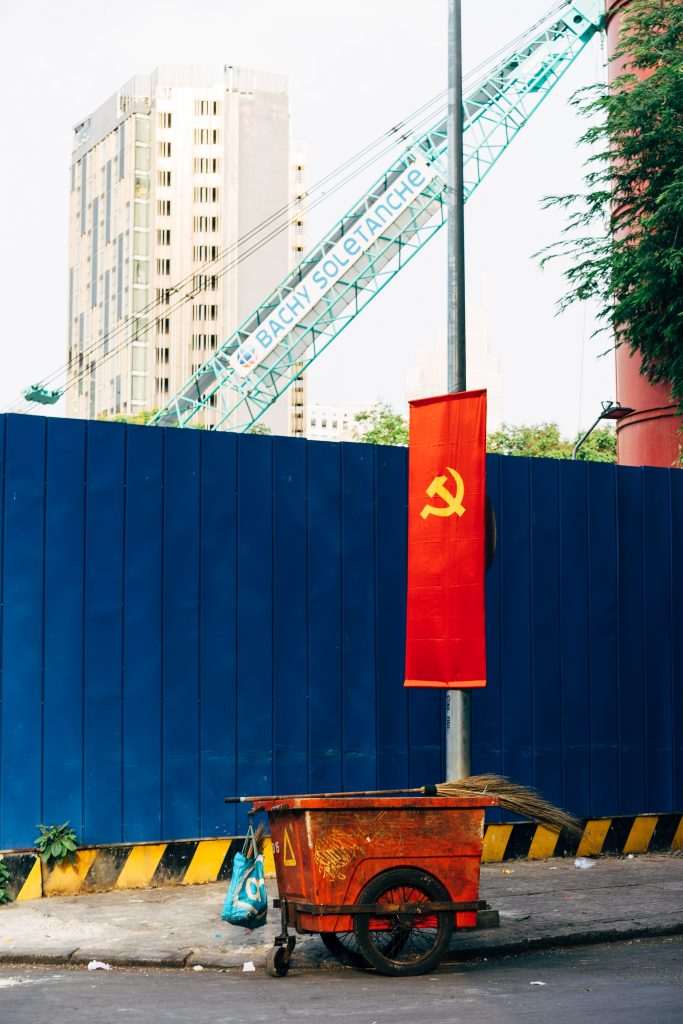
Whilst the red background was from the revolutionary days of old, the most iconic feature of the flag in the form of the gold hammer and sickle was a then-modern addition that stemmed from the height of the Russian revolution at the time.
The hammer on the Soviet flag represented the workers involved in the Russian Revolution. The sickle represented the peasants involved. Crossed together, this emblem aimed to celebrate a so-called revolutionary alliance that would see communism victorious all over the world. The star that topped the hammer and sickle was supposed to represent the Communist Party of the Soviet Union.
Even after the fall of the USSR, the Soviet Flag continues to play a role in modern society. For various Communist parties, guerilla movements, and protest groups around the world today, the imagery of the original flag of the Soviet Union plays a huge part in their flags, propaganda, and imagery. Many even wished for the hammer and sickle to remain the Russian flag, seeing Russia and the Soviet Union as synonymous.
In modern Russia and beyond, the flag is defunct but far from dead. At Communist rallies, the flag is often flown by participants who wish to express their nostalgia for the Soviet Union. Whether it’s ex-Soviet citizens or young college students who never even lived through it, the flag still plays a prominent role.
In some respects this flag does still have some element of official status, with it also being flown on anniversaries marking for example the Battle Of Stalingrad and it is far from illegal. This is in contrast to many countries of the former Eastern Bloc where flying the Hammer and Sickle get can you jail time.
The Z Flag
So, we have decided to give an extra 2022-23 update with regards to the Flag of Russia, with regards to the war in Ukraine. The Z symbol is supposed to represent anti-fascism and has been flown as a flag, as well as simply painted on vehicles. We actually saw one on a vehicle in Syria.
Yet while it in theory is a flag against Nazism it has been seen by many as representing the war in Ukraine and therefore has extremely negative connotations, at least to many.
as the tide of war,as well as the politics with groups such as Wagner have changed this flag has become less popular and is less seen than the flag of the Russian Federation.





